Partner Article
Buy-to-let stamp duty rise could distort whole market
A leading mortgage expert is predicting a sudden jump in demand from buy-to-let investors wanting to make a property purchase before the stamp duty surcharge is introduced in April 2016.
In his Autumn Statement, George Osborne announced a three per cent increase on stamp duty for buy-to-let properties and second homes.
Sharon Duckworth, director at Lancashire-based Key Mortgage Advice, warns that the move could distort the housing market as people rush to make purchases before April, followed by a slowing of the current ‘buy-to-let boom.’
She said: “Buy-to-let lending has been on the up and the private rented sector currently houses around a fifth of the population, so the government will need to keep a close eye on the effects of the stamp duty increase.
“In the short term, it’s likely to cause a spike in house prices as investors rush to buy before April, affecting purchases of all kinds and making it more difficult for first time buyers to take advantage of the current low mortgage rates.
“In the longer term, it may deter new landlords from entering the market which would widen the gap between supply and demand. This, and landlords seeking ways to recover the new tax, may push up rent prices.
“It means it could actually be harder for those people who are renting temporarily until they can get a foot on the property ladder to save the deposit they need to take that step.”
Sharon also points out that the stamp duty increase comes hot on the heels of the recent changes to mortgage interest tax relief and the annual wear and tear allowance.
The government says that the revenue from the stamp duty hike will help to double the affordable housing budget which will benefit first time buyers.
“The idea is that home owners are not squeezed out by the rental market, but whether it will have the desired effect remains to be seen,” Sharon explained. “In the meantime, buy-to-let investors should be cautious about rushing to buy property and seek the proper advice; it may be that they end up paying more due to a price hike than they would save in stamp duty.”
Currently, buyers do not pay stamp duty on the first £125,000, then two per cent up to £250,000 and five per cent above £250,000 to £500,000. Rates continue to rise after this.
Under the new rules, those buying a buy-to-let property or second home will pay three per cent on homes between £40,000 and £125,000, five per cent to £250,000 and eight per cent up to £500,000.
This was posted in Bdaily's Members' News section by Key Mortgage Advice .



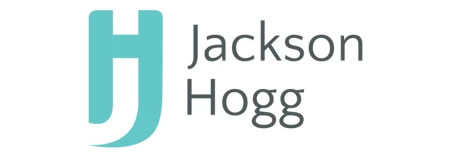
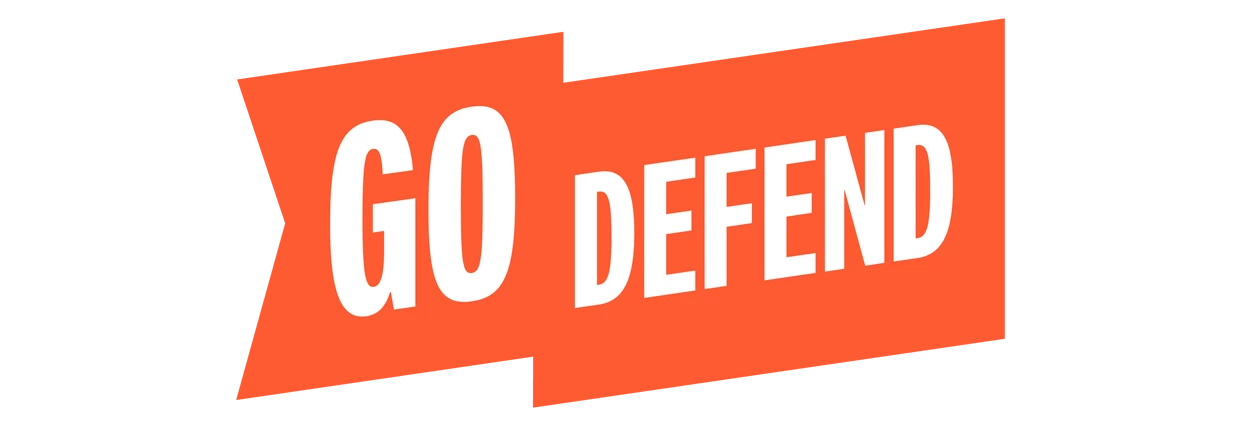
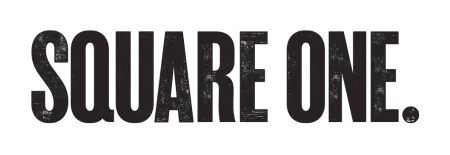
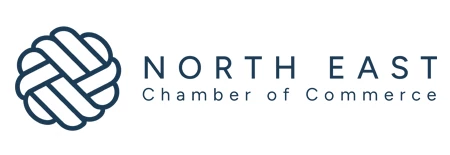
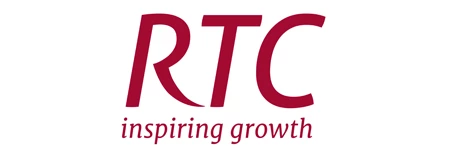
 Confidence the missing ingredient for growth
Confidence the missing ingredient for growth
 Global event supercharges North East screen sector
Global event supercharges North East screen sector
 Is construction critical to Government growth plan?
Is construction critical to Government growth plan?
 Manufacturing needs context, not more software
Manufacturing needs context, not more software
 Harnessing AI and delivering social value
Harnessing AI and delivering social value
 Unlocking the North East’s collective potential
Unlocking the North East’s collective potential
 How specialist support can help your scale-up journey
How specialist support can help your scale-up journey
 The changing shape of the rental landscape
The changing shape of the rental landscape
 Developing local talent for a thriving Teesside
Developing local talent for a thriving Teesside
 Engineering a future-ready talent pipeline
Engineering a future-ready talent pipeline
 AI matters, but people matter more
AI matters, but people matter more
 How Merseyside firms can navigate US tariff shift
How Merseyside firms can navigate US tariff shift